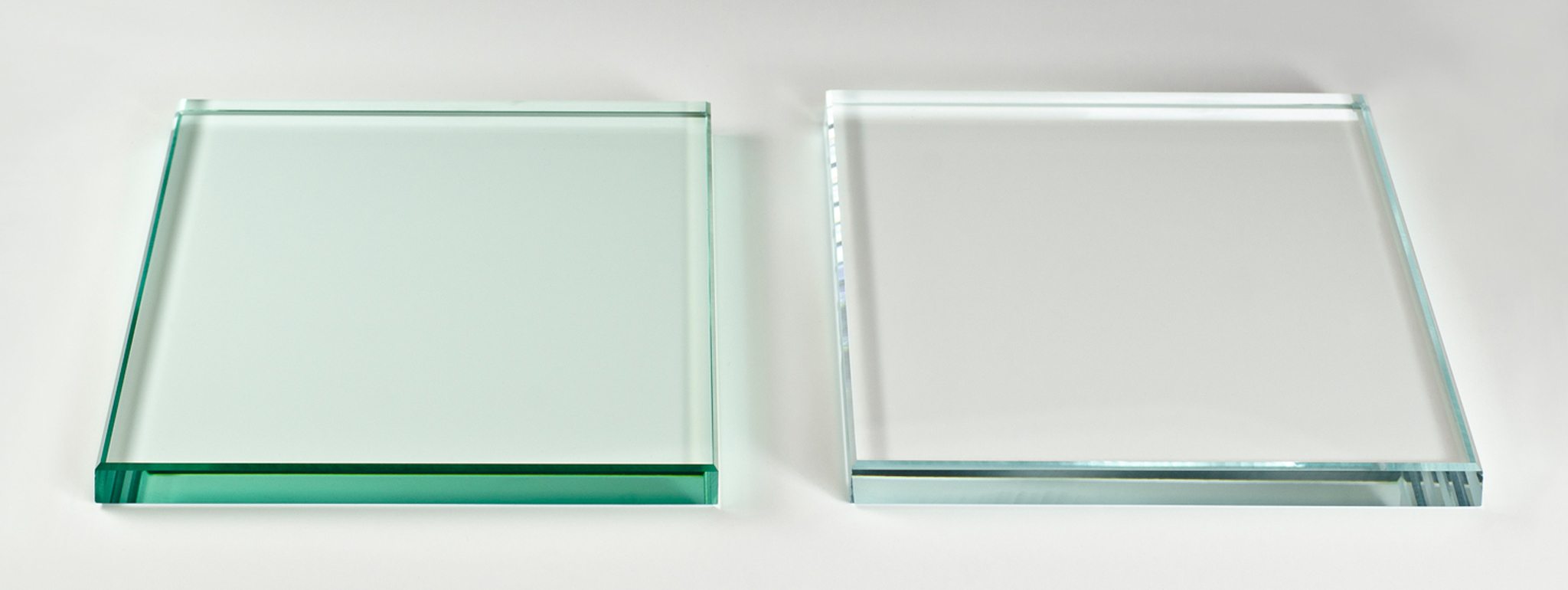The glass is a versatile material which is used in building industry since ancient times. Glass is more sustainable material as compared to concrete, as it does not emit carbon dioxide into the air. Nowadays, glass is widely used in facades of steel framed structures.
Normal glass i.e. float glass has a natural greenish tint, which sometimes may not display true colour of an object when viewed from it. For such applications, extra clear glass is used, which is colourless and transparent. Here we have given brief information on extra clear glass, its benefits, and applications which homeowners should know before buying glass for their house.

Courtesy – Bored Panda
What is Extra Clear Glass
The extra clear glass is a type of float glass, which has very low iron content and hence is also called low iron glass. The iron content in float glass is usually 830 – 850 ppm (parts per million), while iron content in an extra clear glass is less than 150 ppm. It allows almost 92% of visible light to be transmitted. An extra clear glass is a colourless transparent glass and provides very clear view.
Low iron glass is not produced by processing a float glass, but instead raw materials which are free from iron impurity or have negligible iron content are used. Silica sand which has low iron content is mixed with other raw materials and melted in a furnace to produce molten glass. This molten glass is then cooled in similar way like float glass, to produce extra clear glass as a final product.
Size and Thickness:
Extra clear glass or low iron glass is generally available in thickness ranging from 3 mm to 19 mm. It is available in the sizes of 3210 mm X 2250 mm and 3210 mm X 2000 mm.
How to Identify Extra Clear Glass?
By visual inspection it is possible to differentiate extra clear glass from normal float glass.
- View glass panels from edges: If a green tint is seen then it is a float glass and if colourless edge is seen then it is extra clear glass.
- Place glass panels on a white or light background space: The panel which shows true colour of the background is low iron glass.

Courtesy – Nathanallan
Benefits:
- Extra clear glass offers clear view without distortion of colours. It shows the true colour of an object.
- Due to low iron content, its reflective property is decreased and thus it allows maximum sunlight to pass through it. This helps in eliminating the unnecessary need of using artificial lights.
- Along with light transmission, it also provides more heat gain as compared to float glass, which can be beneficial in countries, which have low or sub-zero temperatures throughout the year or for more time of the year.
- It can be further processed to produce tempered glass, laminated glass, insulated glass units, frosted glass, and ceramic printed glass, just like a float glass.
- Due to high clarity in vision, it increases the aesthetics of the structure.
Applications:
- An extra clear glass is extensively used in applications where edges of the glass are visible such as shower frames, table tops, office desks, shop counters, etc.
- It is used in interior applications, where clear vision is desired such as doors, windows, glass partitions, wall cladding, handrails, balustrades, stairs, etc.
- As it displays true colours, low iron glass is more preferred for making back painted glass (BPG) and ceramic printed glass rather than float glass.
- It is used in solar panels, photovoltaic cells, medical equipments, etc. as it allows transmission of UV rays.
- The extra clear glass is used in commercial applications such as showrooms of jewellery items, watches, crystal ware items, fine fabrics and art ware items, glass elevators, aquariums, museums, art galleries, etc.


- Extra clear glass is used in laminated glass, which has more thickness, as float glass will produce dark green tint, which is undesirable.
- It is used to make glass furniture, which have visible edges and are of more thickness such as glass tables, showcases, display cabinets, etc.
- Nowadays, extra clear glass after undergoing tempering process is used in the manufacturing of sky – decks and houses on hanging cliffs, which are popular tourist attraction centres.
Due to its colourless feature, people prefer extra clear glass windows, if their house is near any scenic place. It is also used in external glazing. Low iron glass is expensive as compared to float glass.


